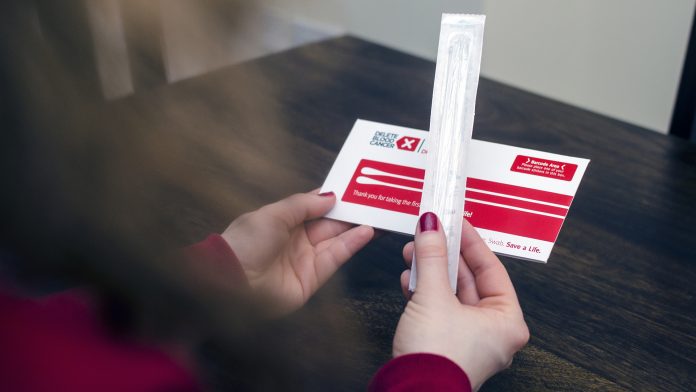
A new method could diagnose Parkinson’s disease within three minutes using a simple skin swab of sebum.
Parkinson’s disease is a condition that causes parts of the brain to progressively become damaged over many years. Currently, there are no tests that conclusively confirm this disease, and most doctors will base their conclusion on symptoms, medical history and a detailed physical examination.
This current process could be revolutionised with a new skin swab technique designed by The University of Manchester. In the study, published in the Journal of the American Chemical Society, they found there are lipids of high molecular weight than are substantially more active in people with Parkinson’s disease.
Getting closer to a Parkinson’s disease test
The research team used cotton swabs to sample people to identify the compounds with mass spectrometry. The method involved paper spray ionisation mass spectrometry combined with ion mobility separation and can be performed in three minutes from the swab to the results.
Professor Perdita Barran at The University of Manchester, who led the research said: “We are tremendously excited by these results, which take us closer to making a diagnostic test for Parkinson’s Disease that could be used in the clinic.”
The study was driven by an observation from Joy Milne who has hereditary Hyperosmia, which is a heightened sense of smell. She found that she could spot Parkinson’s disease in individuals from a distinct body odour before clinical symptoms occurred. The specific odour is strongest where sebum collects on the back and is less often washed away.
Testing sebum secretion
A sample group of 79 people with the disease were compared to a healthy control group of 71 people using their sebum.
Sebum is an oily secretion from the sebaceous glands under the skin, which are connected to the endocrine system. Altered sebum production is a recognised feature of Parkinson’s disease. The researchers collected sebum from the upper back of patients and then posted the swabs to the lab; this procedure is simple and non-invasive.
Describing the new technique, Dr Depanjan Sarkar said: “The sebum is transferred to filter paper from sampling swab, and we then cut this to a triangle, add a drop of solvent, apply a voltage and this transfers compounds from the sebum into the mass spectrometer. When we do this, we find more than 4000 unique compounds of which 500 are different between people with PD compared to the control participants.”
The researchers see this discovery as a step forward toward a diagnostic tool for Parkinson’s disease.
Professor Monty Silverdale, Clinical Lead on this study, said: “This test has the potential to massively improve the diagnosis and management of people with Parkinson’s disease”.









